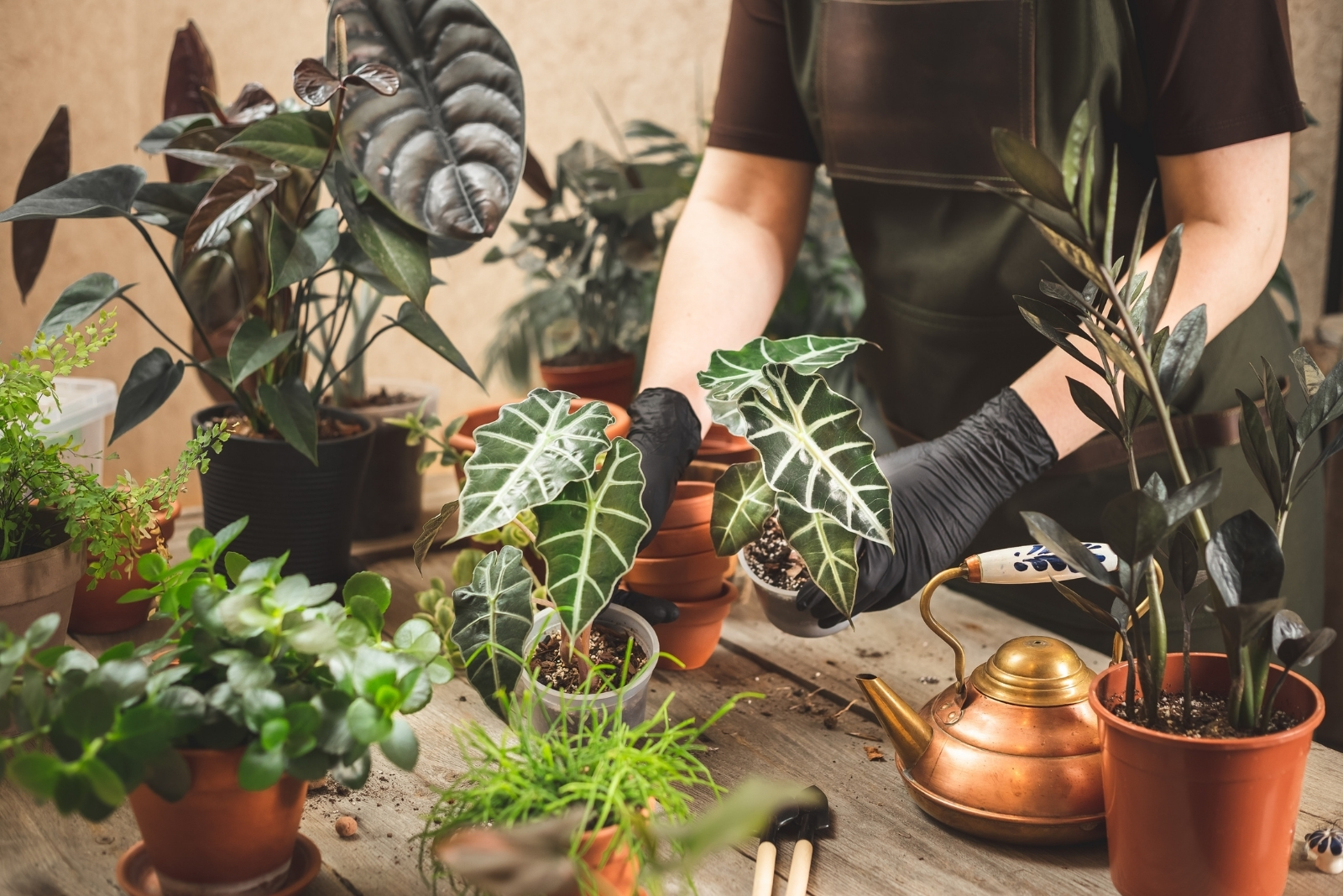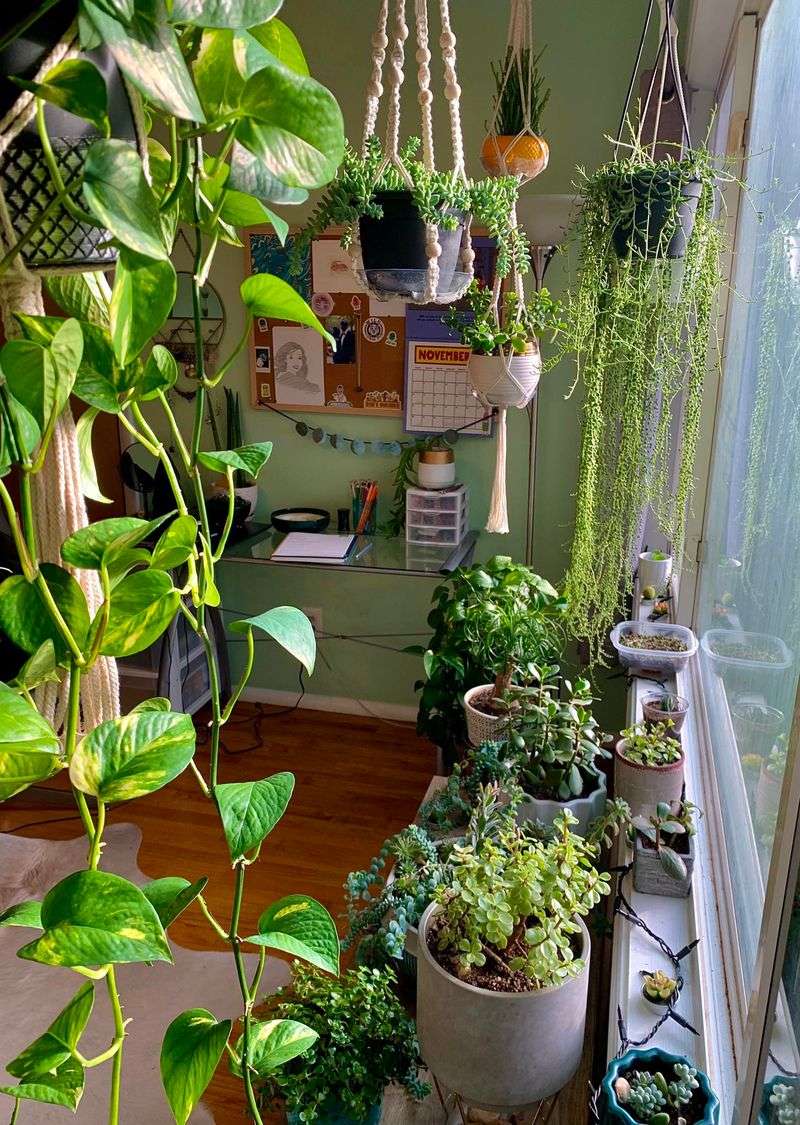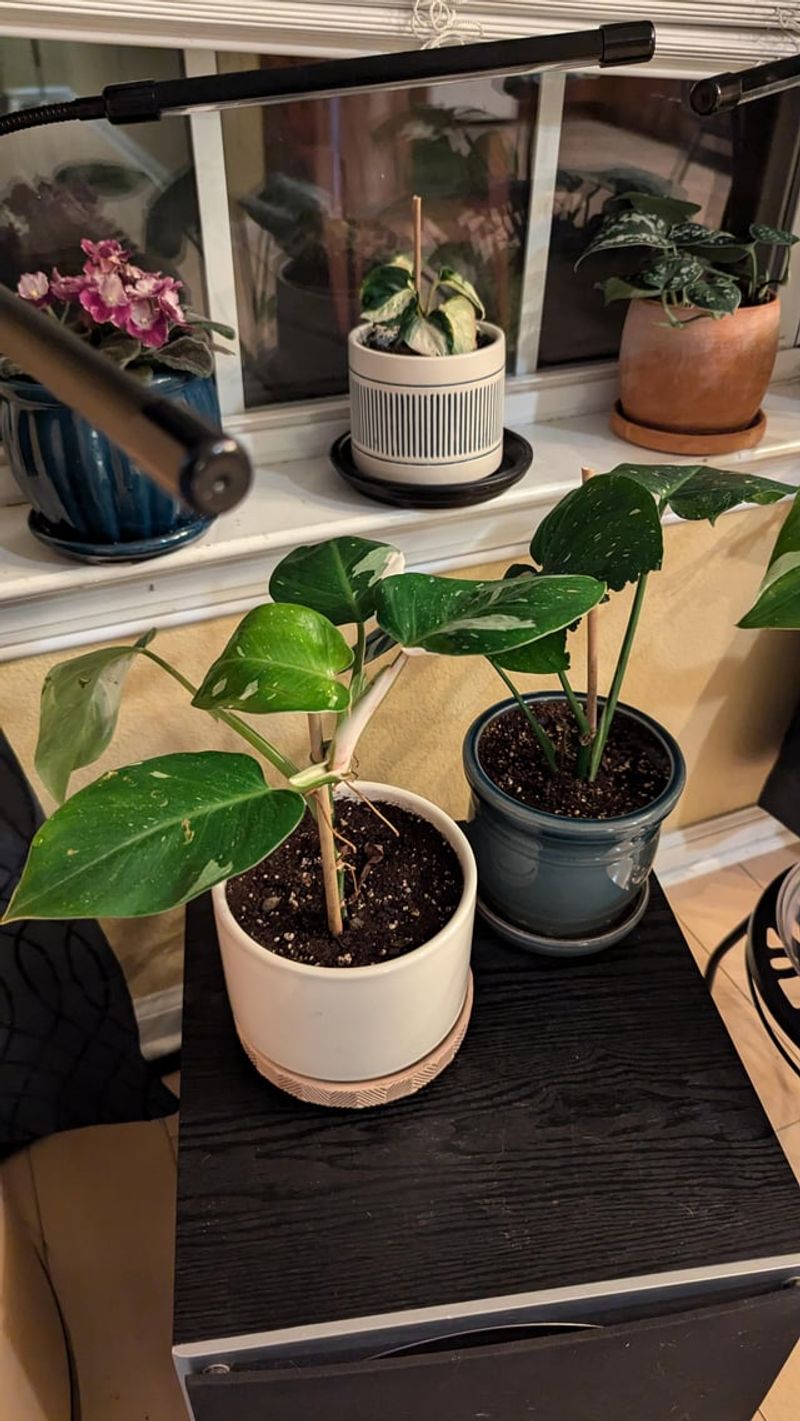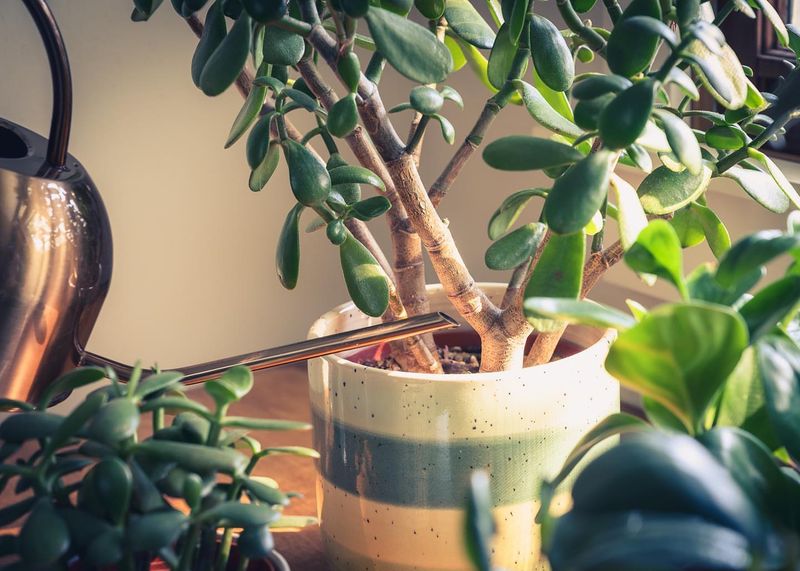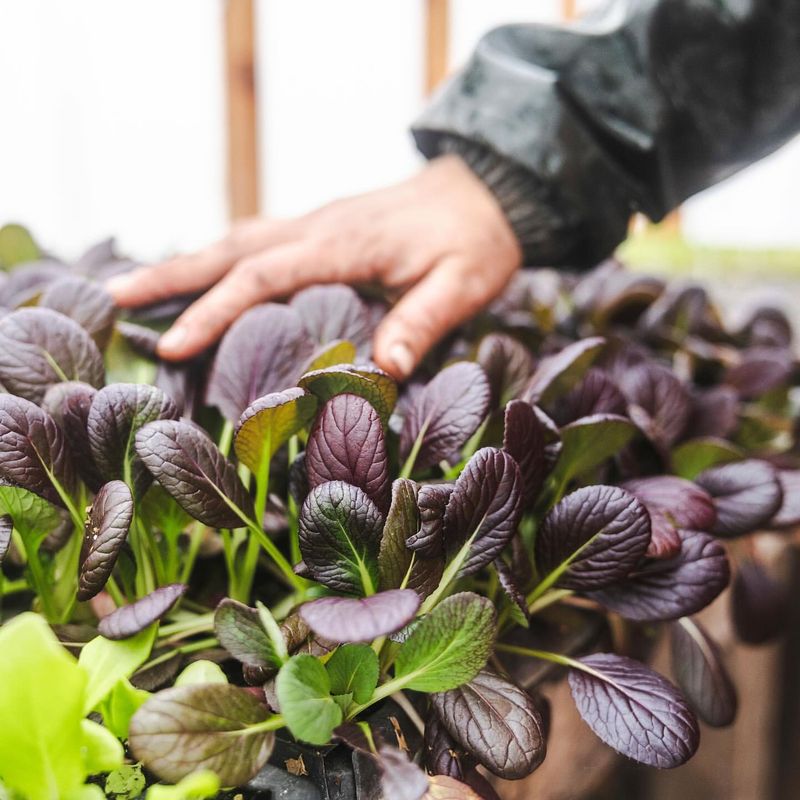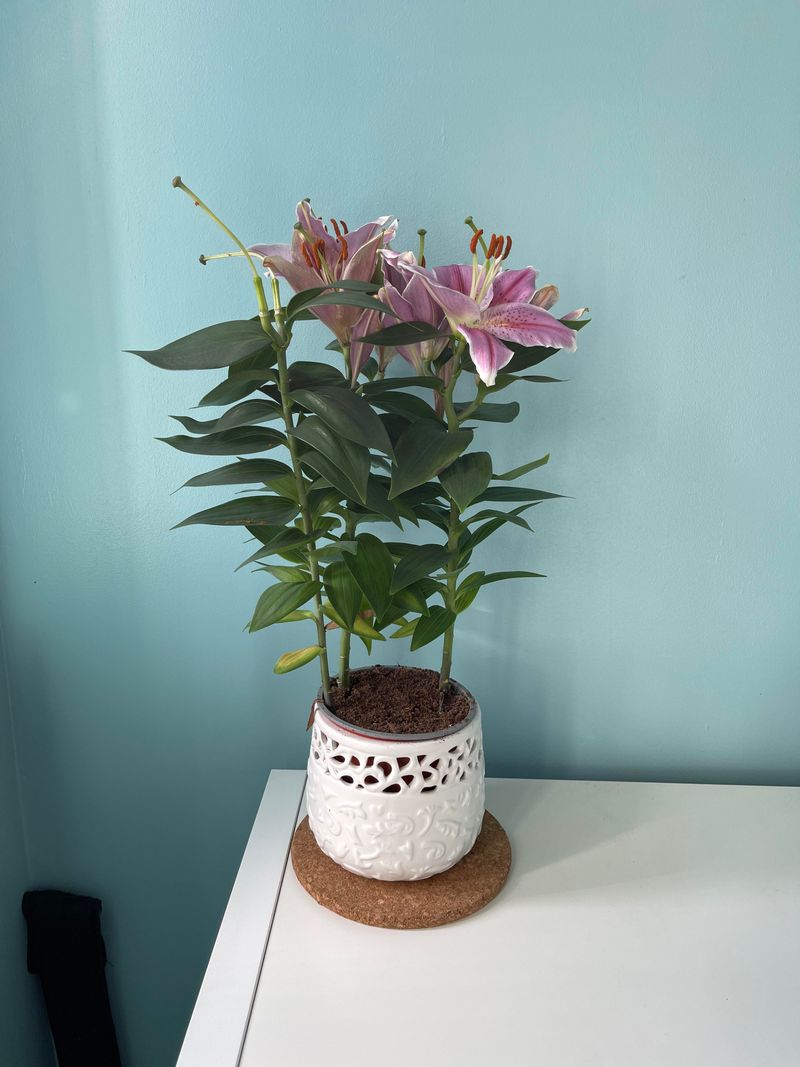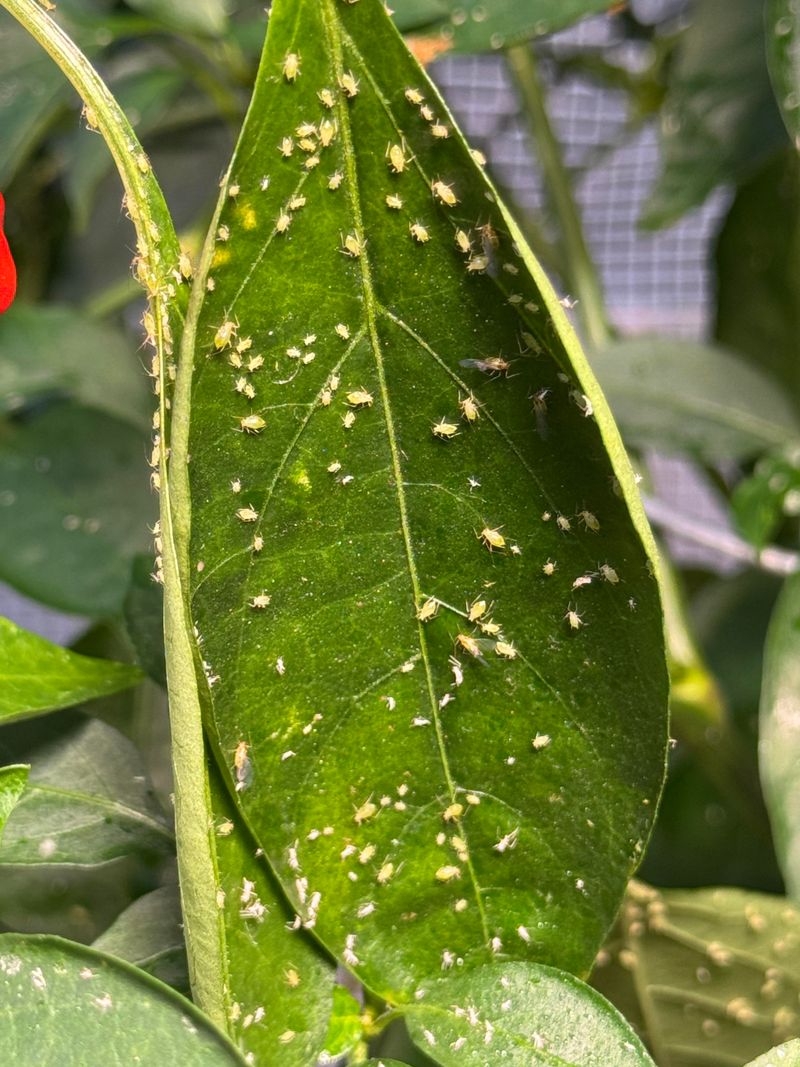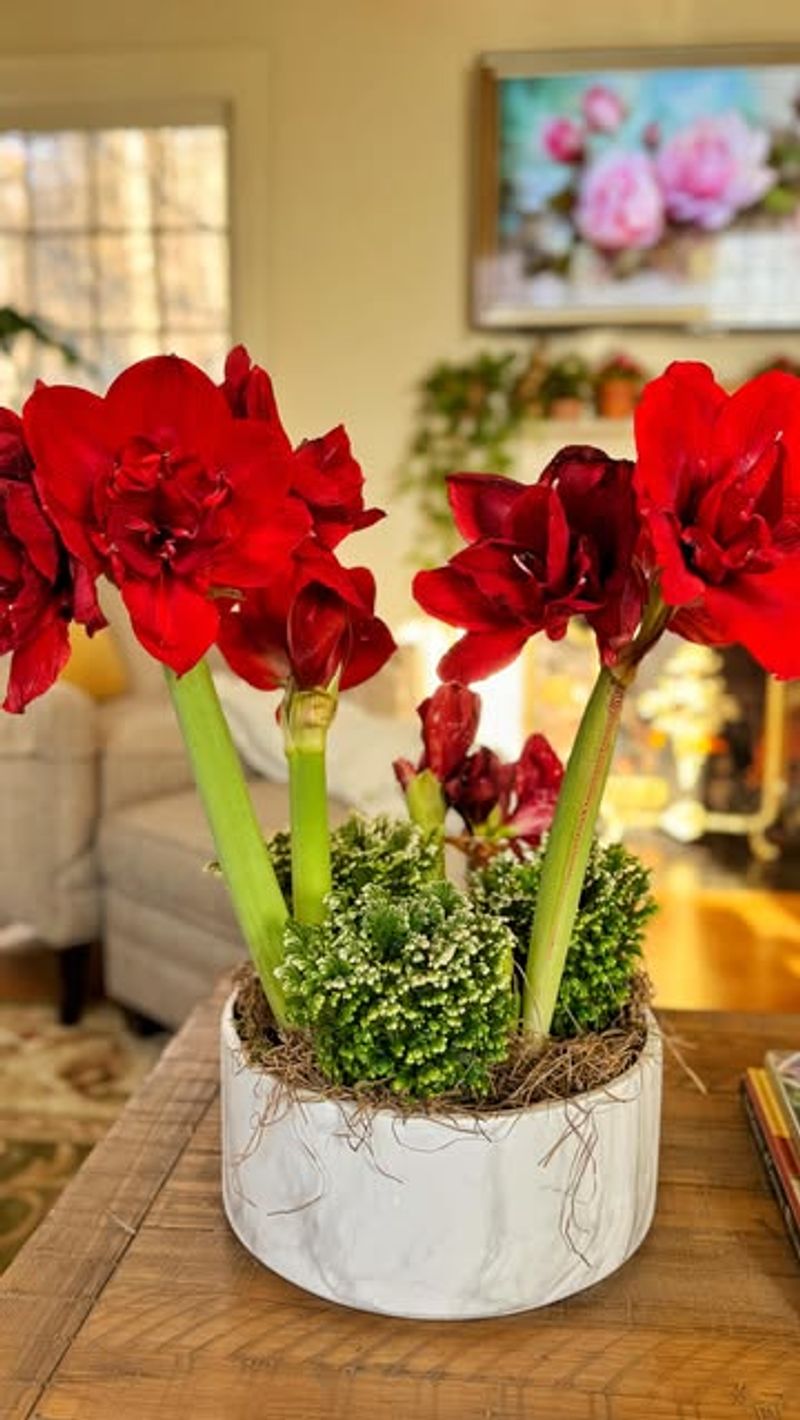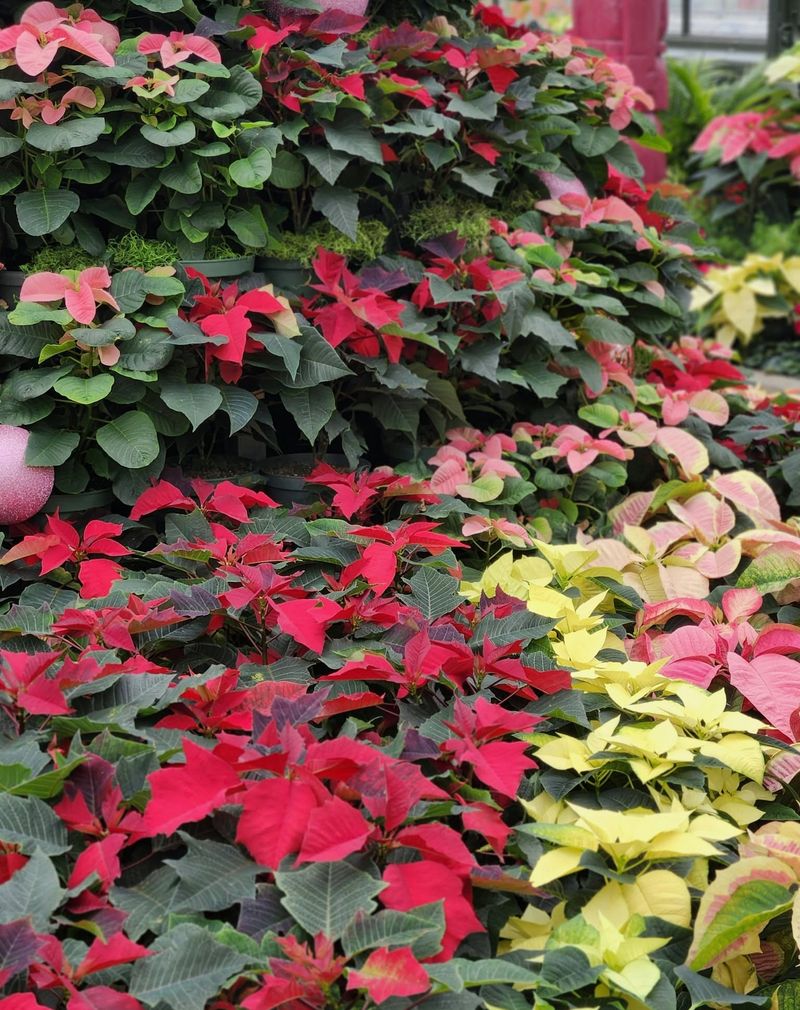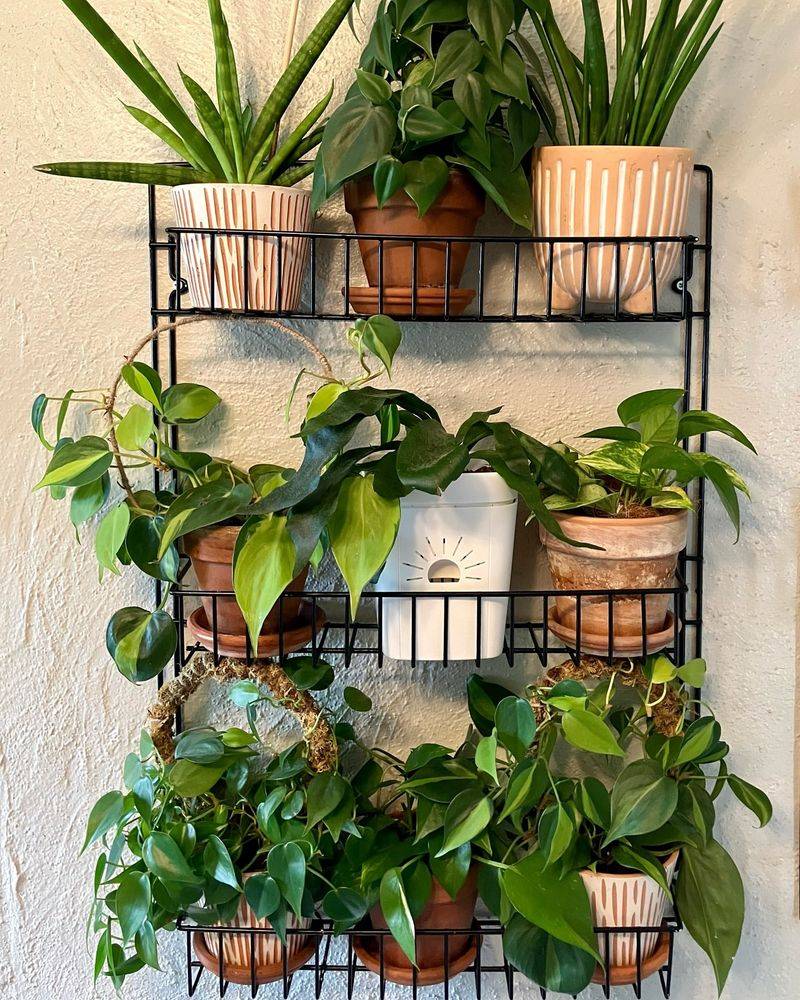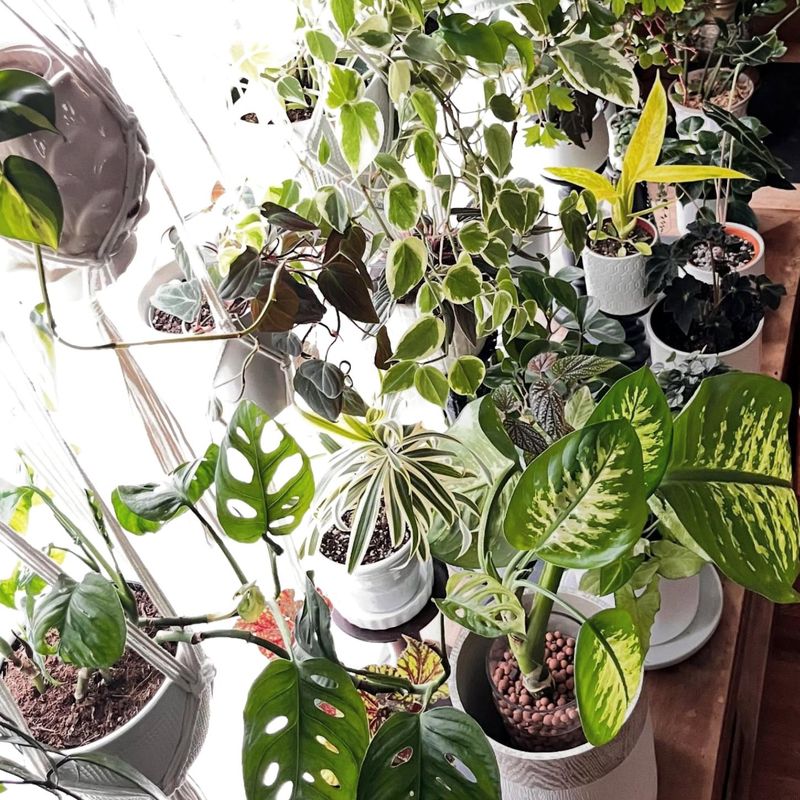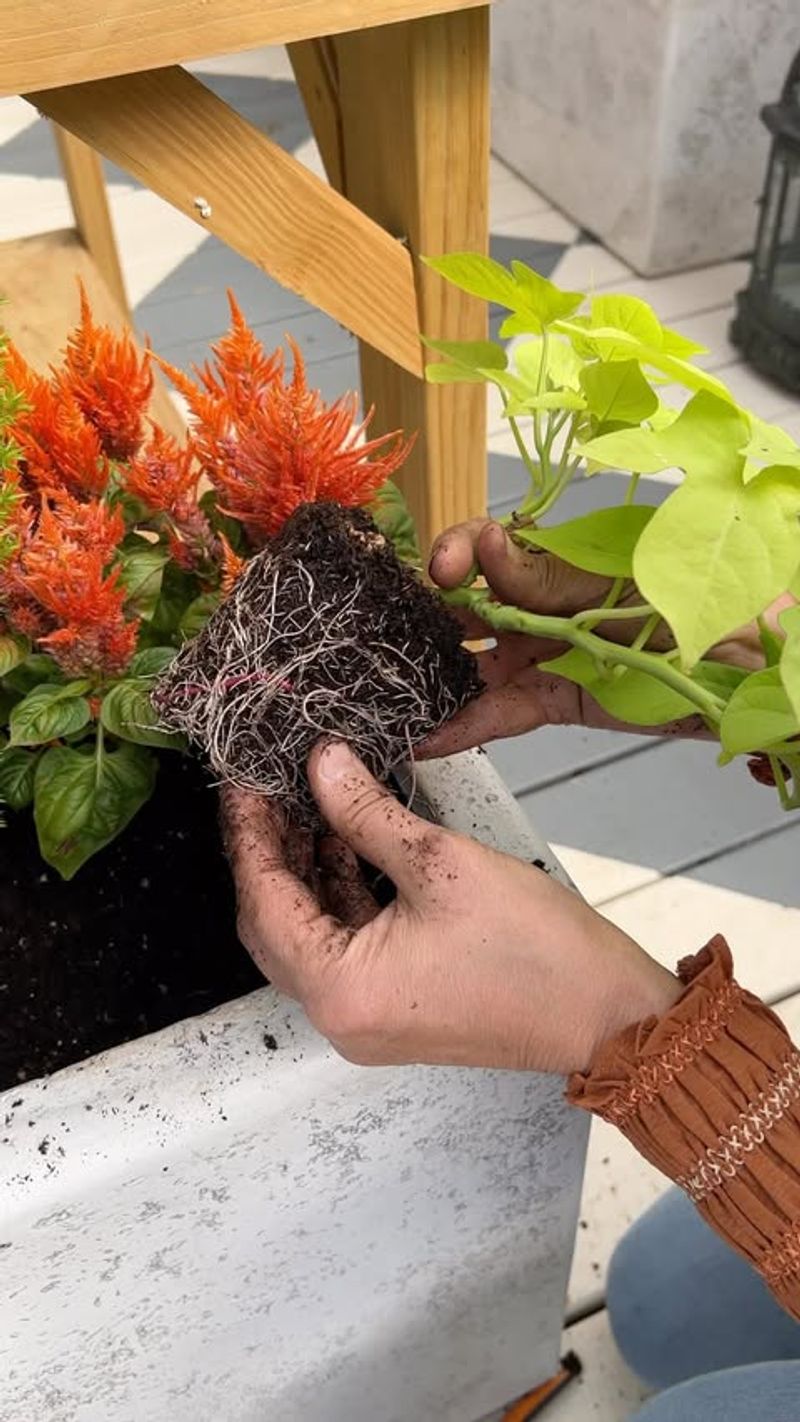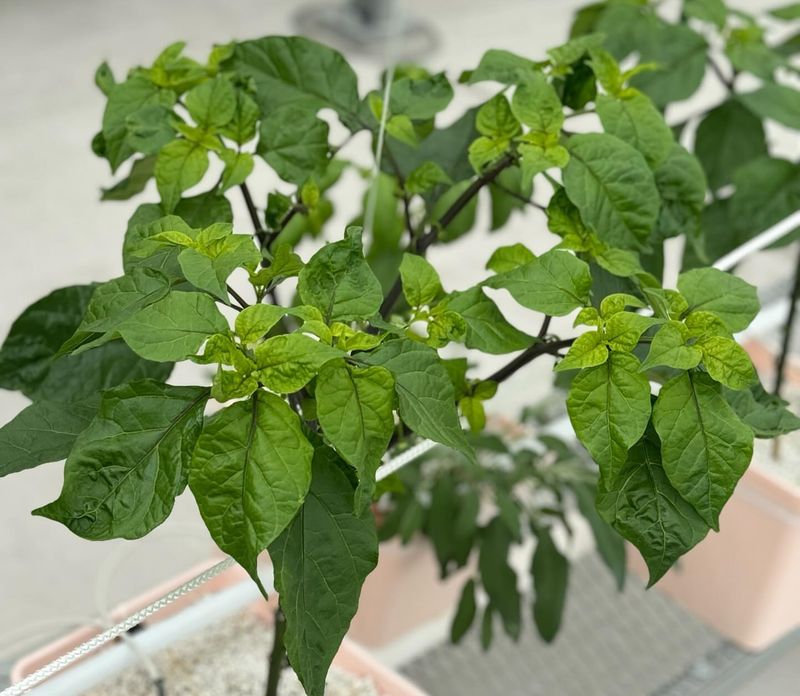When Minnesota’s infamous winter settles in with its short days and frosty windows, most outdoor gardens go dormant. But that doesn’t mean you can’t enjoy vibrant greenery inside your home!
With the right approach, your indoor plants can thrive and even bloom throughout those long winter months, bringing color and life to your space when the outside world turns white.
1. Optimize Light Exposure
During Minnesota’s dark winters, most houseplants struggle with reduced sunlight. Move your plants to south or west-facing windows where they’ll receive maximum natural light.
Consider rotating plants weekly so all sides get equal exposure. For homes with limited window space, supplement with grow lights that mimic the full spectrum your bloomers need.
2. Maintain Proper Humidity
Minnesota winters create desert-like conditions indoors once the heating kicks on. Combat this by grouping plants together to create humidity pockets or place trays with pebbles and water beneath pots.
A humidifier near your plant collection works wonders too. Many flowering plants like orchids and African violets require 40-60% humidity to form buds in winter.
3. Adjust Watering Routine
Overwatering kills more houseplants in winter than anything else across Minnesota homes. Plants need less water during dormant periods, so let the soil dry out more between waterings.
Check moisture by sticking your finger an inch into the soil. Use room-temperature water to avoid shocking plant roots, which can prevent blooming during the coldest months.
4. Feed Strategically
Minnesota plant lovers often make the mistake of fertilizing on summer schedules. Most flowering plants need reduced feeding in winter—about half the normal strength or frequency.
Use a phosphorus-rich fertilizer (the middle number on the label) to encourage blooming rather than just foliage growth. Cyclamen and amaryllis respond particularly well to this winter feeding strategy.
5. Maintain Stable Temperatures
Fluctuating temperatures stress plants and prevent blooming. Keep Minnesota indoor gardens away from drafty windows, doors, and heating vents where temperatures swing dramatically.
Most flowering houseplants prefer daytime temperatures between 65-75°F and nighttime temperatures 10 degrees cooler. This temperature drop actually triggers blooming in many species like Christmas cactus.
6. Practice Proper Pruning
Snipping away faded flowers encourages plants to produce more blooms instead of seeds. Minnesota plant enthusiasts should also remove yellowing leaves that drain energy from the plant.
For woody plants like hibiscus, light pruning before the depths of winter stimulates branching and more flowering points. Always use clean, sharp scissors to prevent disease spread.
7. Implement Pest Prevention
Minnesota’s heated homes create perfect environments for spider mites and other pests that thrive in dry conditions. Inspect plants weekly, paying special attention to leaf undersides and stem joints.
Wipe leaves with a damp cloth regularly to remove dust and potential pests. For persistent problems, insecticidal soap works well without harsh chemicals that might affect winter blooming.
8. Choose Winter Bloomers
Some plants naturally flower during winter months despite Minnesota’s challenging conditions. Amaryllis, paperwhites, cyclamen, and Christmas cactus are reliable winter performers that thrive indoors.
Kalanchoe and African violets can bloom repeatedly with proper care. Having these natural winter bloomers in your collection ensures colorful displays when you need them most during Minnesota’s longest season.
9. Rotate Growth Cycles
Minnesota gardeners can trick certain plants into blooming off-season. Poinsettias and Christmas cactus need 12-14 hours of complete darkness daily for about six weeks to initiate flowering.
Place these plants in a closet or cover with a box from 5pm to 7am daily. This light manipulation mimics winter conditions in their native habitats, triggering spectacular blooms during Minnesota’s darkest months.
10. Create Microclimate Zones
Minnesota homes often have varying conditions from room to room. Group plants with similar needs together to create optimal growing zones that support winter flowering.
Bathrooms provide humidity for tropical bloomers like orchids. Kitchen windowsills offer warmth and humidity for African violets. Understanding each plant’s preferred environment helps maintain blooming throughout winter’s challenges.
11. Provide Air Circulation
Stagnant air promotes fungal issues that prevent flowering. Use a small fan on low setting near your Minnesota indoor garden to keep air moving gently around plants.
Avoid placing plants too close together despite the humidity benefits. Good spacing allows airflow that prevents mold and mildew, particularly important during Minnesota winters when windows stay closed for months.
12. Implement Seasonal Repotting
Hold off on repotting during Minnesota’s winter months. Most flowering plants bloom better when slightly root-bound, and the stress of repotting can halt flowering for weeks.
Save major repotting for early spring before active growth resumes. If a plant absolutely needs fresh soil in winter, try top-dressing instead—carefully removing an inch of old soil and replacing with fresh mix.
13. Practice Patience
Minnesota’s winter challenges even the most dedicated plant parents. Remember that reduced flowering during the darkest months is natural for many species despite your best efforts.
Document what works through photos or a plant journal. Each Minnesota winter provides learning opportunities that improve your success next year. Even expert gardeners adjust their approaches based on specific home conditions.

